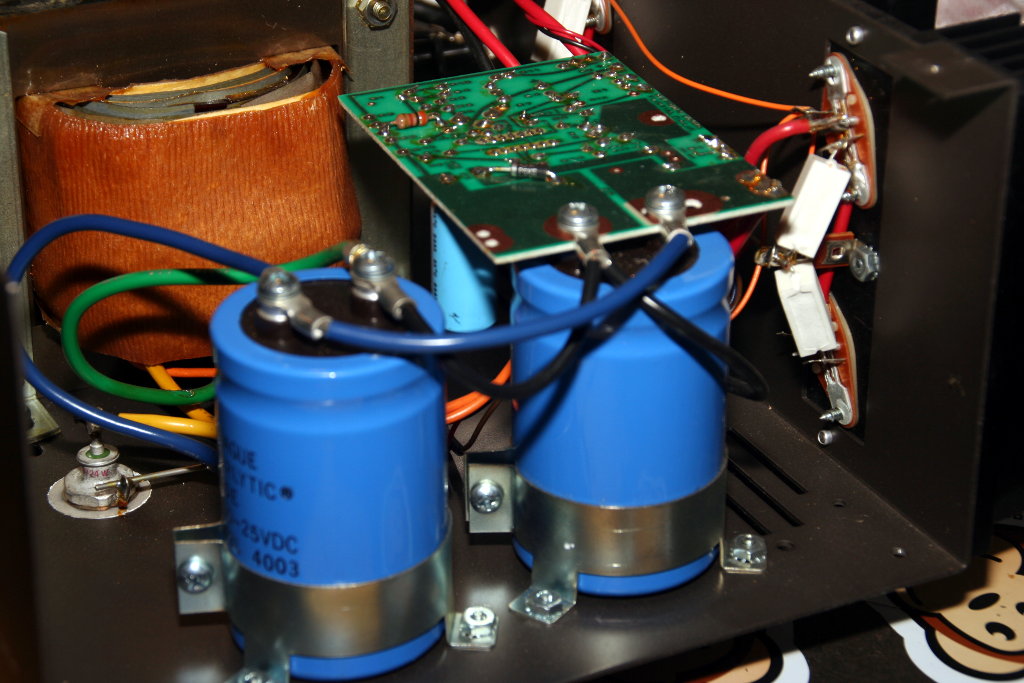An Astron RS-35A power supply is my latest acquisition. Saw it on ebay for a pretty decent price, and after a few days of watching it, I thought I’d put a bid on it fully expecting someone to come in at the last minute and snipe me.
Well, that didn’t happen so now I have a big beast of a linear power supply that puts out 13.7V and peak current of 35A (“25A continuous”) for less than half of what one costs new. My original plan was to use it for what ever radio I ended up buying, but we’ll be putting Connie’s radio and its power supply into the office/ham shack so this one will probably sit out on the workbench and supply power to my other projects, maybe a second radio if we end up getting one.
Except for a dinged up corner and a broken foot (probably during transport) it’s physically in good shape. After plugging the unit in, flipping the power switch brings the beast to life with an intimidating but satisfying “chunk” from the transformer and the hum of electricity.
The power terminals are these bare exposed bolts with nuts to hold any wires on. I don’t really like the thought of exposed power terminals, so I think I’ll look into replacing them with some Anderson power poles.
Like this:
Like Loading...













